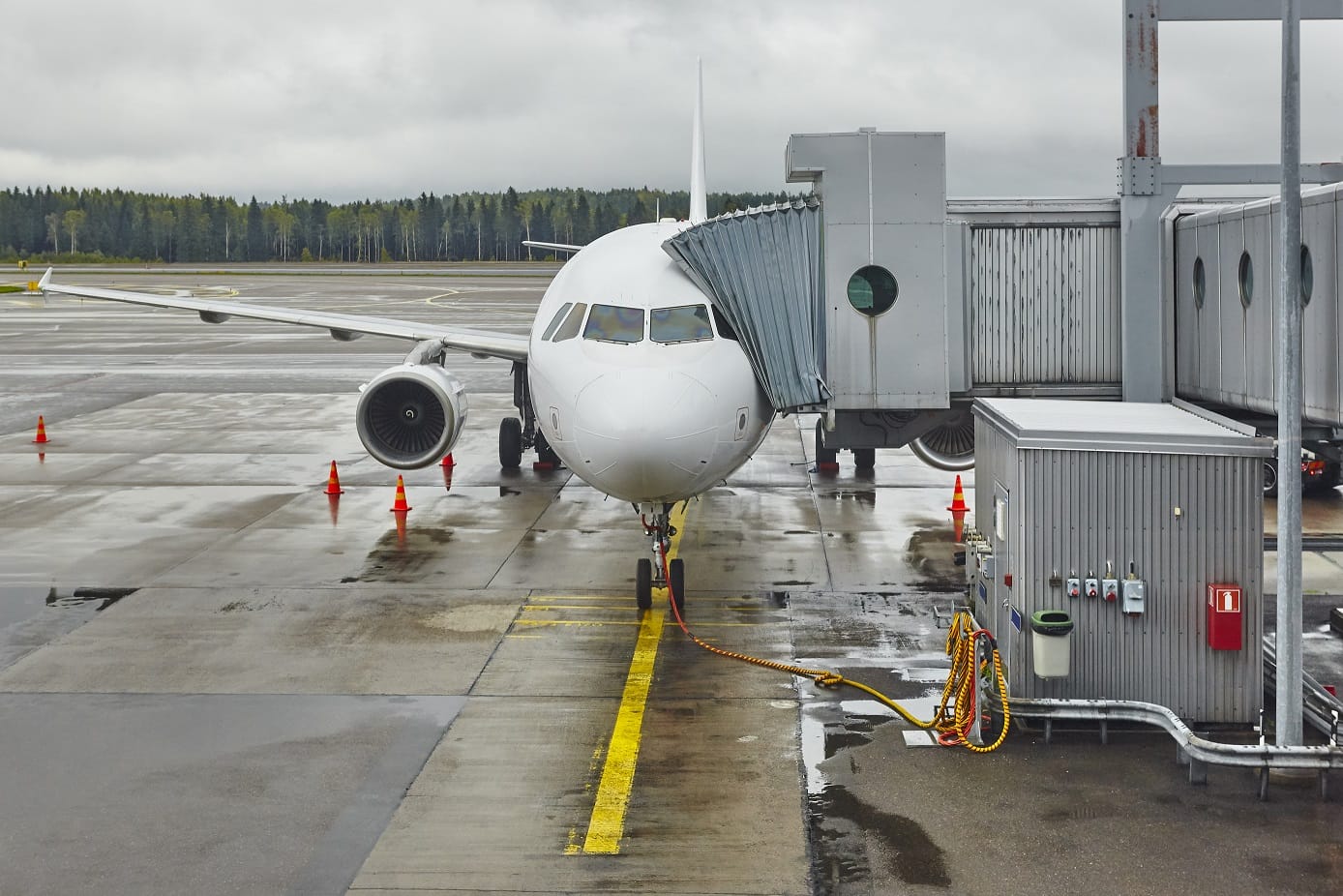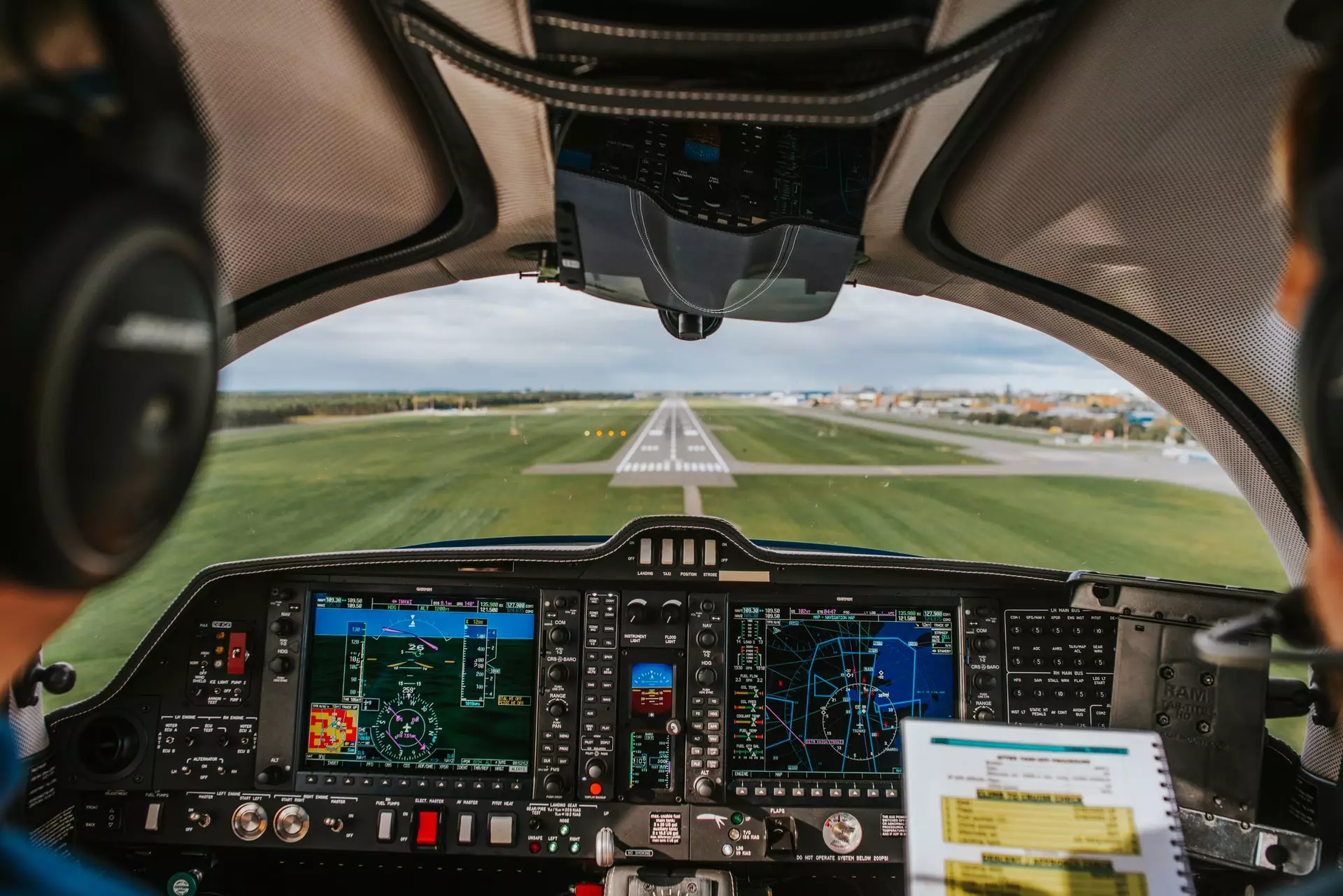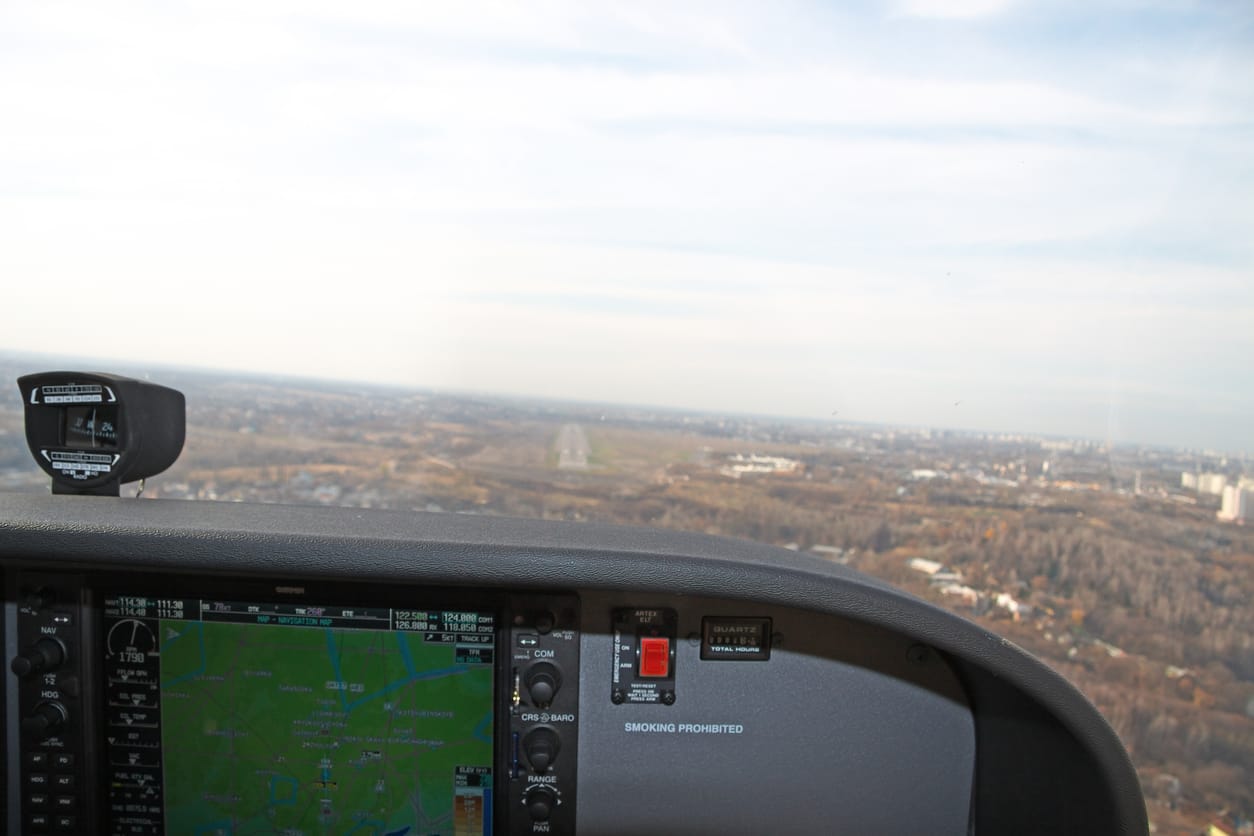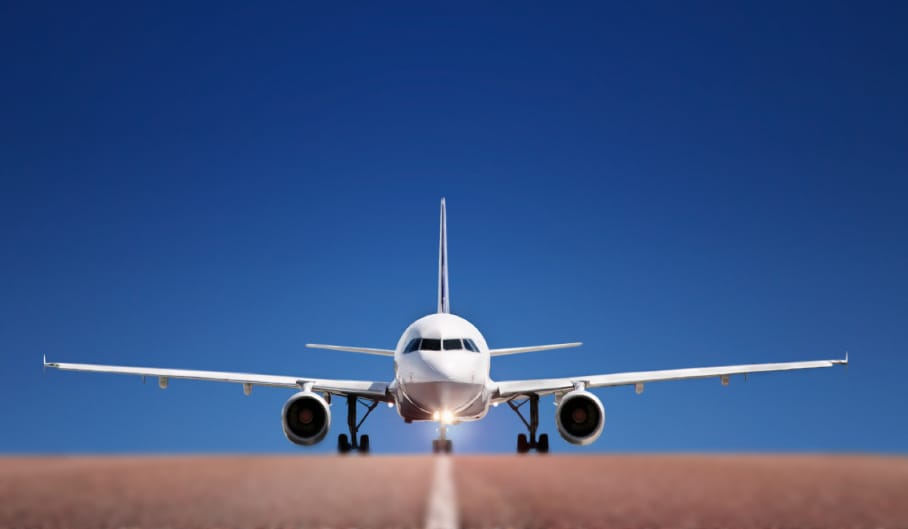Have you ever flown CLT to ORD to COS? If you read that as “Charlotte to Chicago to Colorado Springs,” you’re clued into the language of airport codes.
The world’s most famous airports are familiar to us via media–who hasn’t seen the hero of a romantic comedy jump in a cab and yell “JFK, and step on it”? We know he’s on his way to the John F. Kennedy International Airport in New York City to get the girl. Hollering those three letters is a lot snappier for the script and, most importantly, efficient for the pilots and air traffic controllers working the flights in and out of its airspace.
Airport Codes In Everyday Life
Airport codes are universal identifiers issued by the International Air Transport Association, a trade organization which supports, advocates for, and helps standardize commercial aviation. Most members of the general public come into contact with airport codes when they appear on itineraries, travel booking websites, boarding passes, and luggage tags.
The origin of many airport codes lies in the even-shorter two letters first used by the National Weather Service to categorize weather stations. As aviation grew from a science experiment to a reliable form of travel to an essential form of transport, airport codes multiplied and became a bit more unwieldy for the infrequent flier. The system then expanded to three letters. For the most part, a two-letter code simply needed to become a three-letter one, and an X was slapped on the end: Behold PHX for Phoenix and LAX in Los Angeles.
Where weather stations weren’t present, common-sense identifiers consisting of the city’s first three letters were used. Therefore, Indianapolis International Airport is the serenely logical IND.
Why Are Some Airport Identifiers So Weird?
While some airport codes are still firmly rooted in the National Weather Service’s designation, others owe their names to their beginnings as military bases. For example, a World War II training base near an orange grove farming community in central Florida became known as McCoy Air Force Base in 1958. Although McCoy AFB closed in 1975, today millions of families gather their MCO-marked bags when they land in Orlando.
Some airports lie outside a major city’s limits, leading to puzzling identifiers. Travelers to Cincinnati, OH, for instance, are often surprised to see “CVG” on their itineraries. There’s no “V” or “G” in Cincinnati. But there is in Covington, KY—just across the Ohio River, where the Cincinnati/Northern Kentucky International Airport is located.
Now that local pride has become trendy, airport identifiers are popping up on spirit wear, wall art, coffee mugs, and luggage tags. Some airport identifiers are friendlier to this trend than others—Yuma International Airport in Arizona, for example, is known as the marketing-delicious YUM, but poor Sioux City in Iowa is SUX.
Why Not Just Say The City’s Name?
Precision is the key to safe and efficient flying. Airport identifiers provide clarity to pilots, controllers, and passengers who operate in areas which might serve large airliners, military aircraft, training academies, and air tourist traffic all at once.
For an example, let’s head back to Orlando. Where are you landing?
Orlando International Airport, the tourist hub which is a few miles to the south and east of downtown Orlando?
Orlando Executive Airport, which is practically downtown and caters to general and corporate aviation?
Or Orlando Sandford International Airport, located twenty miles north of the city’s center?
How about Kissimmee Gateway, near the theme parks and resort areas?
Each of these airports, just miles from one another, has its own IATA identifier. Separating them with distinctive airport codes (MCO, ORL, SFB, and ISM, respectively) is vital when seconds and accuracy count.
International Civil Aviation Organization Codes
The term “airport codes” is most commonly understood in North America as IATA codes. Other airports, however, are known only by their four-character International Civil Aviation Organization (ICAO) codes.
The ICAO is part of the United Nations and focuses on the organization of global aviation. Since they are coded by continent and region, ICAO codes are rarely seen on luggage tags or baseball caps. They might not sound as much fun, but they’re an invaluable aviation resource when it comes to a global view of aviation.GPS systems often ask for ICAO identifiers, and they often appear in commercial tracking software.
In most ICAO codes, the first letter represents the continent or group of nations housing an airport. The second letter zeros in closer to a specific nation, then the third and fourth are specific to the airport.
Radio station letter groupings were often used in North America when assigning ICAO codes. Sometimes these aren’t too different from the IATA codes: JFK, for example, simply tacks on the “K” for North American airports, and becomes “KJFK.” However, Liverpool John Lennon Airport in the United Kingdom is LPL on a traveler’s boarding pass, but EGGP in an ICAO flight plan.
Since the growth of ICAO codes are less organic than those of the IATA, a SUX luggage tag X is less of a possibility, but there’s still room for play. Key West International Airport’s IATA identifier, for example, is at first glance the rather boring EYW. But when read in ICAO code, it magically becomes the ultra-custom “KEYW.”
FAA Identifiers
In the United States, most smaller airports used by private pilots and general aviation are known by alphanumeric codes. These codes are called FAA LIDs: FAA location identifiers.
Airports using these identifiers may or may not offer services to pilots. They might be private airfields, heliports, or simply a grass strip. Many do not have an ICAO designation.
Put-in-Bay Airport, for example, located in extreme northern Ohio on a tiny island in Lake Erie, is known as “3W2.” The runway is paved, but pilots will have to go elsewhere for fuel, and the airport is not lit after dusk.
It’s a long way from JFK, but still very much part of the vast aviation family.
Ready to soar in your aviation career?
Mr. Matthew A. Johnston has over 23 years of experience serving various roles in education and is currently serving as the President of California Aeronautical University. He maintains memberships and is a supporting participant with several aviation promoting and advocacy associations including University Aviation Association (UAA), Regional Airline Association (RAA), AOPA, NBAA, and EAA with the Young Eagles program. He is proud of his collaboration with airlines, aviation businesses and individual aviation professionals who are working with him to develop California Aeronautical University as a leader in educating aviation professionals.




